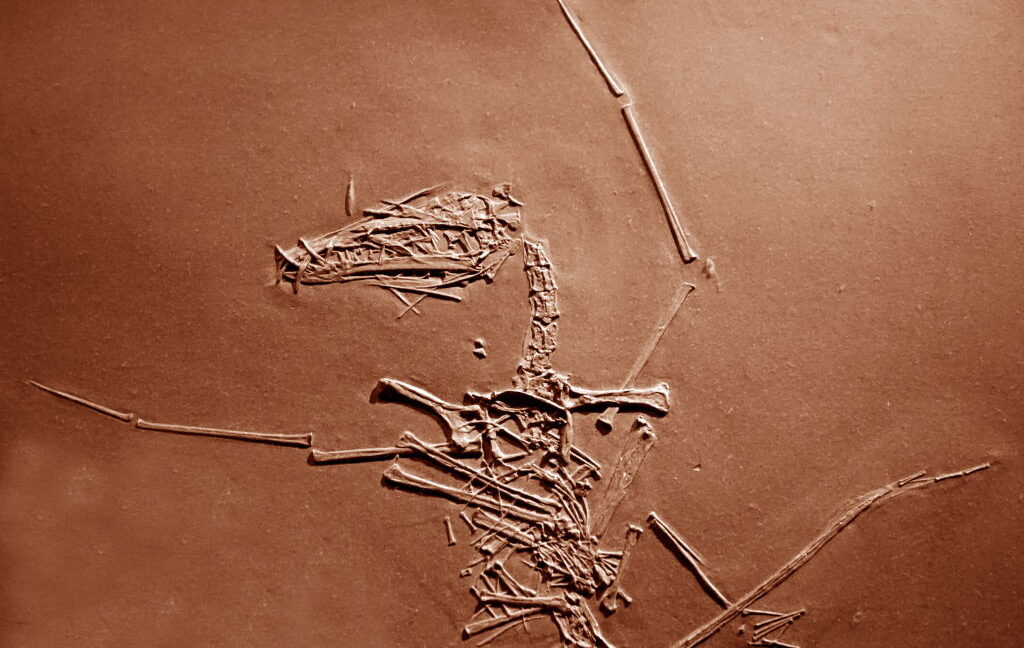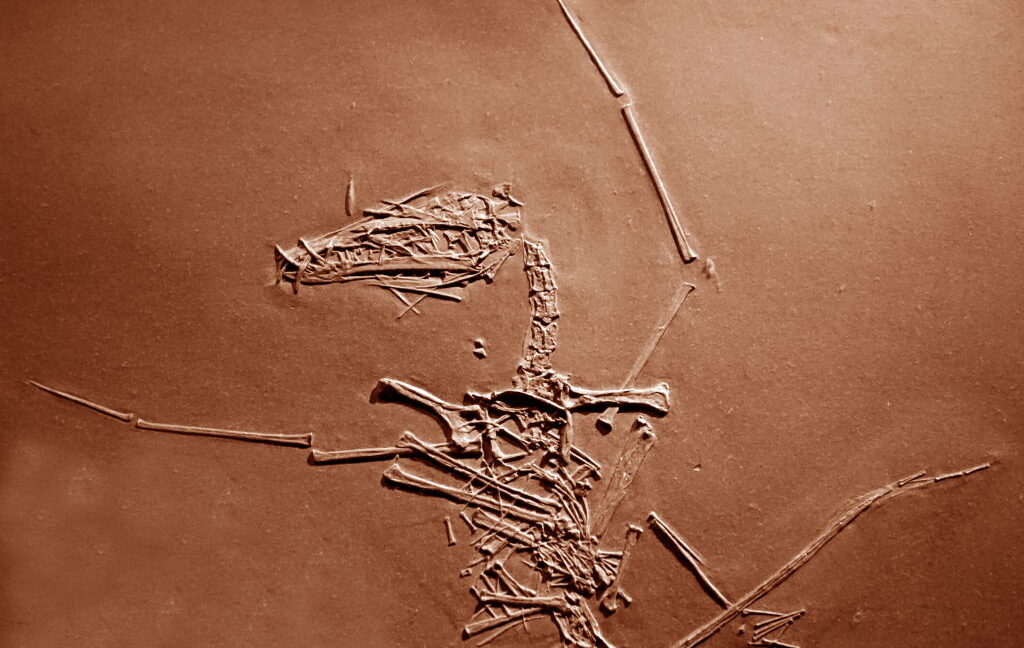 Smyth posits that the scarcity of adult specimens in the fossil record of this area is attributed not only to their increased chances of survival but also to the fact that those who perished were not buried as swiftly. Carcasses could drift on the water for several days to weeks. As decomposition occurred, fragments would settle on the lagoon floor. Juveniles were small enough to be easily buried by sediments that would eventually preserve them.
Smyth posits that the scarcity of adult specimens in the fossil record of this area is attributed not only to their increased chances of survival but also to the fact that those who perished were not buried as swiftly. Carcasses could drift on the water for several days to weeks. As decomposition occurred, fragments would settle on the lagoon floor. Juveniles were small enough to be easily buried by sediments that would eventually preserve them.Causal factors of demise
The humerus fractures identified in Lucky I and Lucky II hold particular importance because forelimb injuries rank among the most prevalent in contemporary flying vertebrates. The humerus links the wing to the body and endures significant flight-related stress, rendering it more susceptible to injury. The majority of humerus fractures occur during flight, rather than resulting from an abrupt collision with a tree or cliff. Moreover, these fractures were the sole skeletal damage observed in the juvenile pterosaur specimens from Solnhofen.
Indications that the injuries sustained by the two young pterosaurs occurred prior to their demise include the shifting of bones while still airborne (a phenomenon noted in the storm-related deaths of current birds and bats) and the smooth edges of the break, indicative of life as opposed to the rough edges seen in postmortem fractures. There were also no evident signs of healing.
Storms disproportionately impacted aerial organisms at Solnhofen, often bringing them down with severe winds. Numerous fossilized vertebrates from Solnhofen included pterosaurs and other flying species such as the avian precursor Arachaeopteryx. Aerial invertebrates were also doomed.
Even marine invertebrates and fish faced peril from stormy conditions, which stirred the lagoons and brought deeper, higher-salinity and low-oxygen waters to the surface. Anything that settled at the bottom was remarkably preserved due to these conditions, which were too severe for scavengers and halted decomposition. Mud stirred up by the storms further facilitated the fossilization process by quickly encasing these organisms and offering additional protection from the elements.
“The very storm events that led to the burial of these specimens also brought the pterosaurs into the lagoonal basins and were likely the main contributors to their injury and death,” Smyth concluded.
Despite being labelled as unlucky, the remarkable preservation of the skeletons of Lucky I and Lucky II, which reveals the circumstances of their demise, has ultimately enabled researchers to resolve a mystery that had remained unsolved for over a hundred thousand years.

